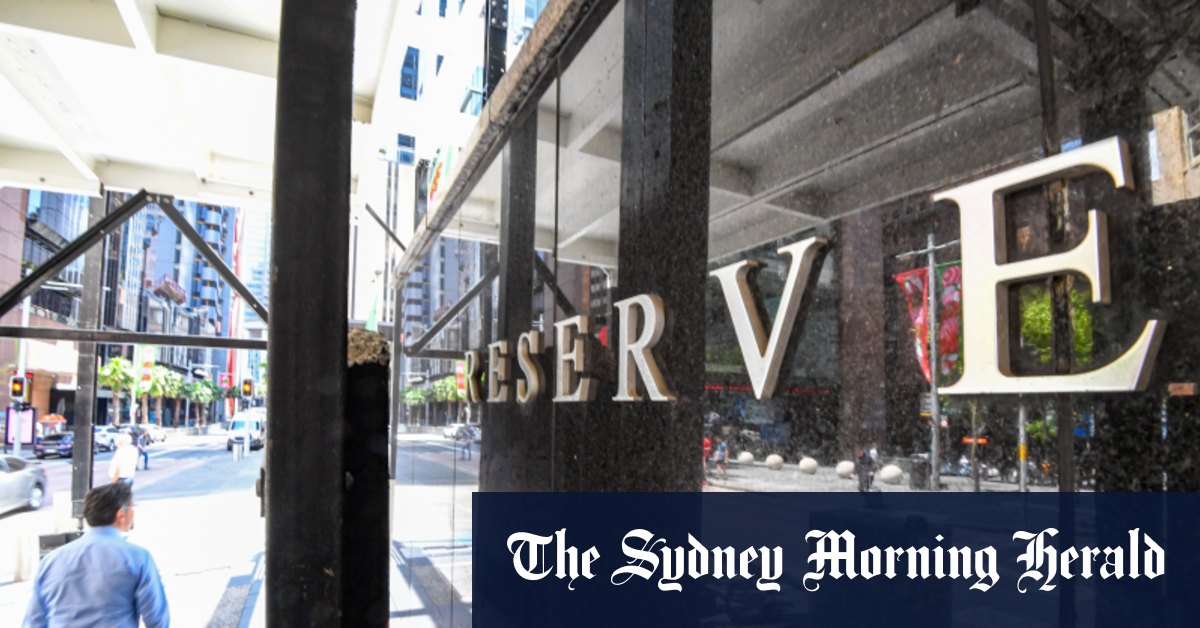Chalmers, who has sought a bipartisan approach to the overhaul, introduced legislation in November to set up the monetary policy committee, with the review’s recommended start date of July 1.
But since a Senate committee report in March, negotiations between Chalmers and shadow treasurer Taylor have, in effect, come to a halt, with the Coalition insisting all members of the existing RBA board be moved across to the new monetary policy committee.
Taylor has argued to Chalmers that with inflation elevated, the bank needs a consistent and credible approach to reducing inflationary pressures. He has declared the membership of the new interest- rate-setting board a “threshold” issue for the Coalition.
Concerns within the Coalition over Chalmers’ approach to the issue were elevated after he appointed Iain Ross and Elana Rubin to the bank board last year. Both Ross, a former head of the Fair Work Commission, and Rubin, a current board member with Telstra, Dexus and WestConnex, have worked with the ACTU.
The government believes the Coalition’s stance is being driven by politics, reflecting Opposition Leader Peter Dutton’s tendency to block government reforms where possible. Labor also feels that demanding board members go to the interest rate committee ignores the findings of the review, which it believes were only half-heartedly endorsed by the Coalition.
Three members of the current board would automatically be on both the governance board and the interest rate committee, including RBA governor Michele Bullock, deputy Andrew Hauser and Treasury secretary Steven Kennedy. The other members of the board, apart from Ross and Rubin, are Liberal-appointees Ian Harper, Carolyn Hewson, Carol Schwartz and Alison Watkins.
Angus Taylor has told Jim Chalmers the make-up of the Reserve Bank interest-rate-setting board is a threshold issue for the Coalition.Credit: Alex Ellinghausen
Sources privy to the situation, who asked to remain anonymous to speak freely, conceded that unless the impasse was broken, the current system could continue until at least next year’s election or even longer.
Economist and Reserve Bank critic Steven Hamilton said the bank had already made more changes for the better in the past year than in its entire history. But putting in place the governance and interest-rate-setting committees required true bipartisanship.
“In an ideal world, the treasurer and shadow treasurer would sit down together in the spirit of bipartisanship and agree on a list of names,” he said.
Loading
“The onus is on the treasurer to make that happen. One cannot blame the shadow treasurer for being suspicious given the treasurer appointed two former ACTU officials the very day he released the review findings, in a move that in my view directly contradicted those findings.”
There are concerns within the Liberal Party about Taylor’s position. Some MPs have likened it to a veto power over Chalmers that could be used as a dangerous precedent against a Coalition government in the future.
Previous oppositions have had to accept appointments to the Reserve Bank board and have muted any complaints about them. There is some support within the Coalition for allowing Chalmers to appoint one or two new members to the interest rate committee who are not on the current board.
The government is not keen to work with the Greens to get the changes through the Senate, believing the major parties have to take a bipartisan approach to monetary policy issues. The Greens have already signalled their opposition to any change, arguing the government should retain the right of the RBA to direct credit to particular parts of the economy.
Cut through the noise of federal politics with news, views and expert analysis. Subscribers can sign up to our weekly Inside Politics newsletter.

